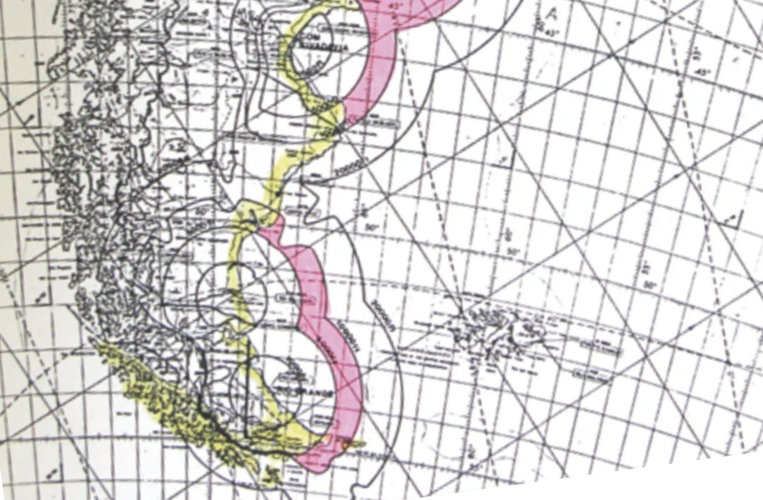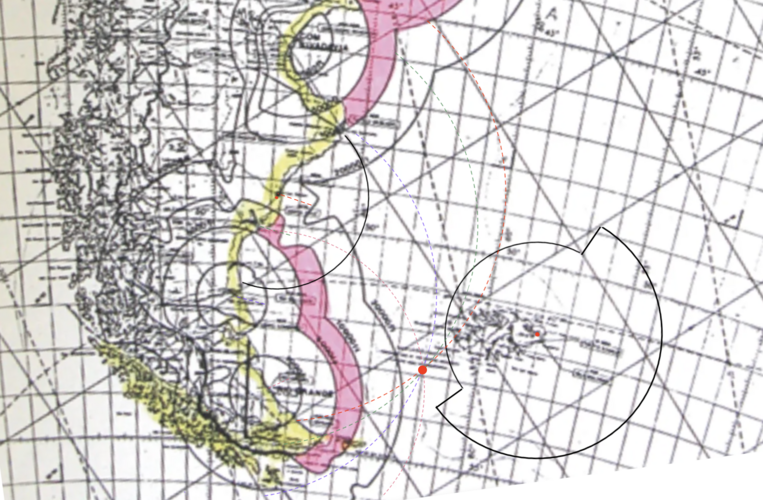The Clem and Foch, if surged together, would be able to muster maybe 35 SEs and still protect their TF with maybe a dozen F8s and provide 6 recce/buddy tanker IVMs. That would be enough to attack 2 airfields.
I’ve been noodling on this too… here’s my math on a Clemenceau-sized carrier in this scenario.
1) Assuming one 30,000ton carrier with 30x jets (10x fighter / 20x fighter-bomber) and 10 ASW/AEW
2) To keep things simple I’m going with a historical air wing of 10x F-8 Crusaders, 16x Super Etendards, 4x Etendard IVP tankers, 6x Alize, and 4x helos (but one could throw alternate types into the mix - including non-French types)
3) That’s 4 strike packages of:
4x fighter bomber (Super Etendard)
1x buddy tanker (Etendard IVP)
Plus 2x escort pairs of 2x fighters (Crusader). Holding back the other 6 fighters for CAP duties.
4) Strike load-out is:
- 1 “fighter” pair with 2x anti-runway bombs (e.g. Durandal) on centerline, 2 tanks, and on the outer pylons 1x AAM (Sidewinder or Magic) and 1x ECM pod or Phimat chaff launcher
- 1 “attack” pair with 1x rocket pod (4 100/127mm or 18-19 68/70mm) instead of the AAM
5) Tactics are the same as Israel during the 6 Day war. Low altitude ingress to minimize warning time. Single high speed pass down the runway, drop bombs, followed by 1-2x rocket/gun passes using a 270 degree wheel to throw off AAA aim and maintaining high speed (>500 knots). The “fighter” pair prioritizes any aircraft in the air or ready to launch at the end of the runway. The “attack” pair uses 68/70mm rockets & guns on open apron areas. If hardened shelters are present, 100/127mm rockets are carried instead. ECM and chaff are used to disrupt AAA tracking radars. The Crusader escort zooms to altitude on the ingress to keep any fighter CAP busy.
6) High altitude return followed by quick turnaround - 250kg bombs replacing the Durandals, load ammo & fuel, and replace spent rocket pods. Aim for 3 strikes in one day (initial anti-runway strike + 2 follow-ups).
This provides a modular template to strike at ~300nm range, with 1 to 4 strike packages depending on need. Personally I would split the strike packages across as many airfields as possible for the initial strike (so target 4 runways each with 4x aircraft), aiming to damage most of them and ascertain enemy strength. But another option (assuming good intelligence) would be to prioritize the airfields and double-up on the highest threat. Either way, once enemy strength is known, the follow-on strikes could focus on the most dangerous airfields first.
The highest risk is if the initial strike fails to damage the runway(s) or if the carrier is detected before the strike, then the operation might have to be aborted and the carrier would have to bug out and attempt to survive the likely enemy counter strike. Losing aircraft to AAA and enemy fighters would also be a problem, but based on Israeli experience losses of 5-10% would be expected and still acceptable (ie. 1-2 aircraft per wave).




